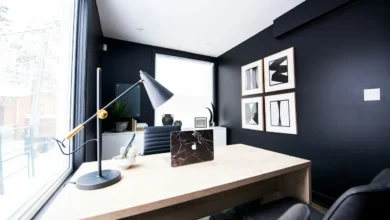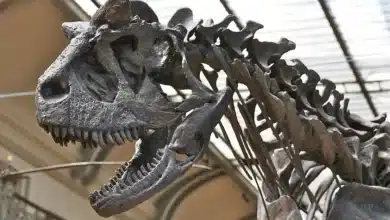Making websites work
Confused about what kind of website your business needs?
Gone are the days when a small business owner could simply make an off-hand plan to just ‘have a website’, possibly bashed out after hours by the receptionist’s son-in-law because he is good with computers.
No matter the size or type of the business, the absolute minimum website that Michael Dries, managing director of Mad Media Group, recommends to his clients is what he calls a ‘credibility site’.
“This is where a customer can enter the business name into a search engine and it is returned as the first result, and then – when selected – the site is professional in appearance and easy to navigate. This conveys a credible impression that will likely encourage the customer to take the next purchasing step.
“Hardcopy business directories are undoubtedly in decline,” adds Dries. He makes an important point; too many folks, Google is the portal to the internet and to all information. Despite your best advertising plans, if your website isn’t viable, you risk heading in the same direction as the once-ubiquitous Yellow Pages – unopened and unused.
You should have a website, but there are many technical matters that must be considered. Will you host the site yourself or use a dedicated web host? Will you outsource the design? Do you have existing logos and imagery? Would you like to update the site content yourself? Would you like flashy animations? How much will it all cost?
Before emitting a single byte online, there are other non-technical factors to be determined. There are the four Ts of good website design: target, technology, test, and track. Keep these in mind and you won’t go wrong.
Target
Who is your website’s target market? It may seem a ridiculous question, but the answer isn’t always clear.
Is your website aimed at the general buying public? Or is it aimed at other businesses or potential investors? In each circumstance, your design decisions should be different, including the information you present and your site’s general look and feel.
“CMS’ allow for consistency of designs, ease of updates and remove the need for technical skills,” says Sam Shetty, general manager of online marketing and design at Netregistry. “There might be some rare cases with very small static sites, where, for reasons of moving sites or hosting providers, or for particular licensing reasons you might still use HTML, but increasingly they are not issues and CMS’ are not costly.”
CMS platforms don’t have to break the bank. These have no recurring licensing fees and are freely available, though you might pay someone for the initial setup.
Technology
Next, you have to decide whether your site will be built with raw HTML pages – the hypertext mark-up language which drives the web – or if you need a content management system (CMS). The point of a CMS is you don’t need to rely on HTML-savvy geeks to maintain your site because it enables non-technical people to add and edit text and imagery like a word processor.
A CMS works by storing the text, layout, and images used on each page within a database. When visitors access your site, the CMS renders each page on the fly and delivers this generated HTML to the visitor’s web browser. The choice of CMS will also affect where and how you host your site because it will use a specific programming language and database platform.
Tony Heitmeyer, general manager of CiBiS International, believes CMS’s are increasingly warranted and merited. His company produces sites for large and small enterprises.
“Websites not lodging the site with search engines, not testing the page displays on different browsers, failing to verify customer emails actually get through – these simple things are often overlooked and they are easily fixed,” says Heitmeyer.
Test
The third T is the test. It is important to verify that your website actually works. While that sounds like a no-brainer, it would be a rare web surfer who has never come across a website that did not function as expected.
Track
“You can open a retail store in a remote location, which might be cheap, but if nobody is coming to that location, you won’t get sales. Likewise, if you have an online presence and it’s not found on search engines it won’t help your business,” says Netregistry’s Shetty.
If you have a well-designed and well-written website, money may not even be an issue. However, Mad Media Groups’ Dries believes companies would do well to factor costs of ‘tuning’ a website to maximize search engine ranking when first considering the idea.
Like any other marketing medium, the question of how much a business should spend on a website depends upon the likely return they will receive on their investment,” he says.
Cutting the cost
So what should you expect to pay for your very first website? Shetty stresses the importance of having specific ideas for your site from the very beginning.
“If you don’t ask the right questions, the website designer knows your requirements will probably keep changing and factors in a buffer into the price. If you don’t know what you want your site to say, to achieve, and to look like you will pay a premium price.”
According to Heitmeyer, a small existing business that already has logos and branding should budget between $3,000 and $6,000 for a website.
It’s money well spent. The internet is tearing down geographical boundaries so you can penetrate new markets but your business will suffer from the competition if you’re not known.
Catch a detailed list of several major open-source content management systems (CMS) products online at nett.com.au/beginner/cms/




